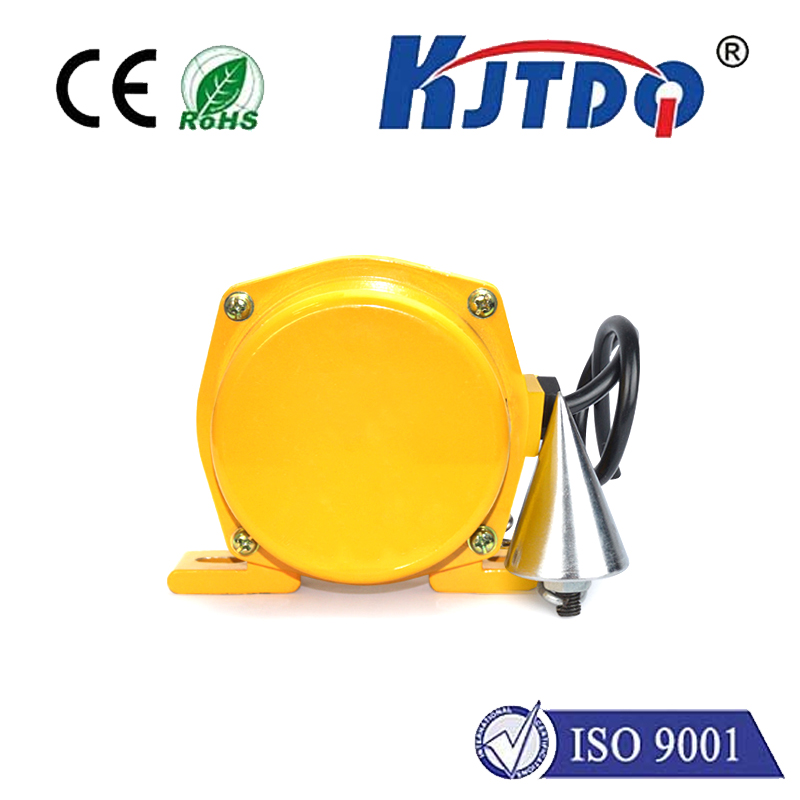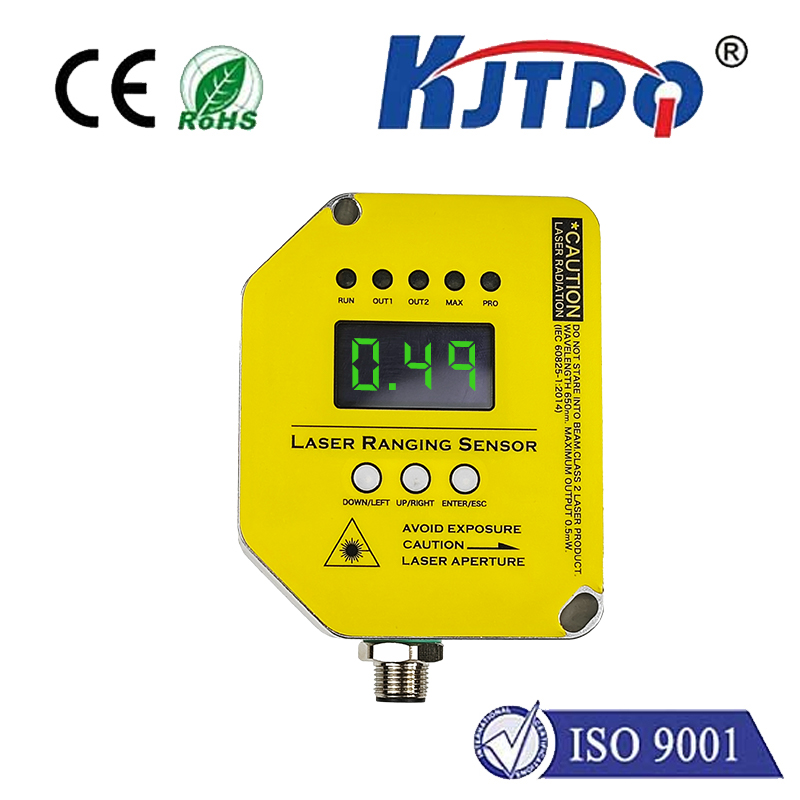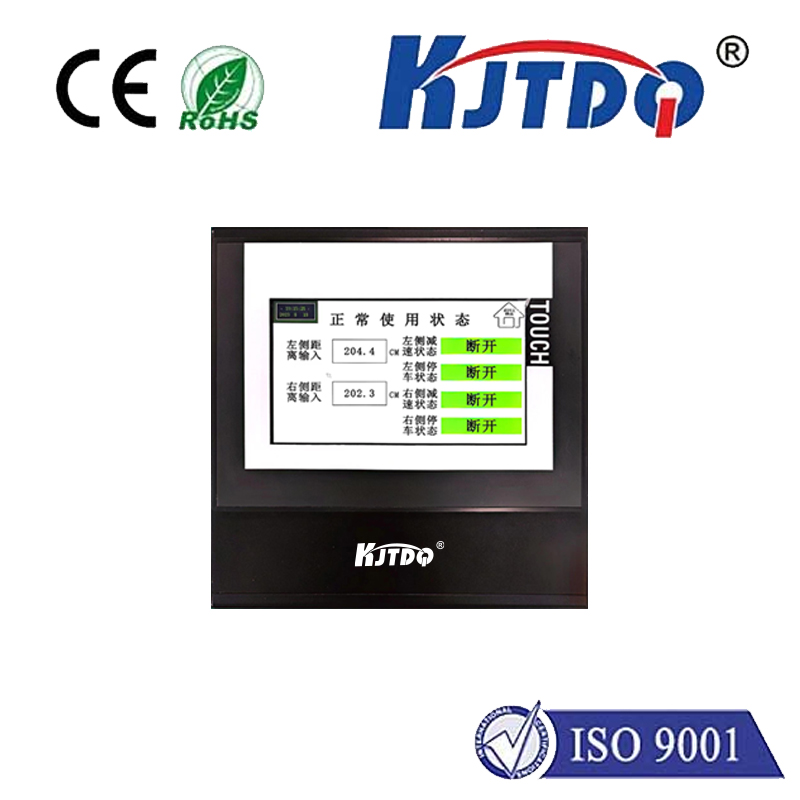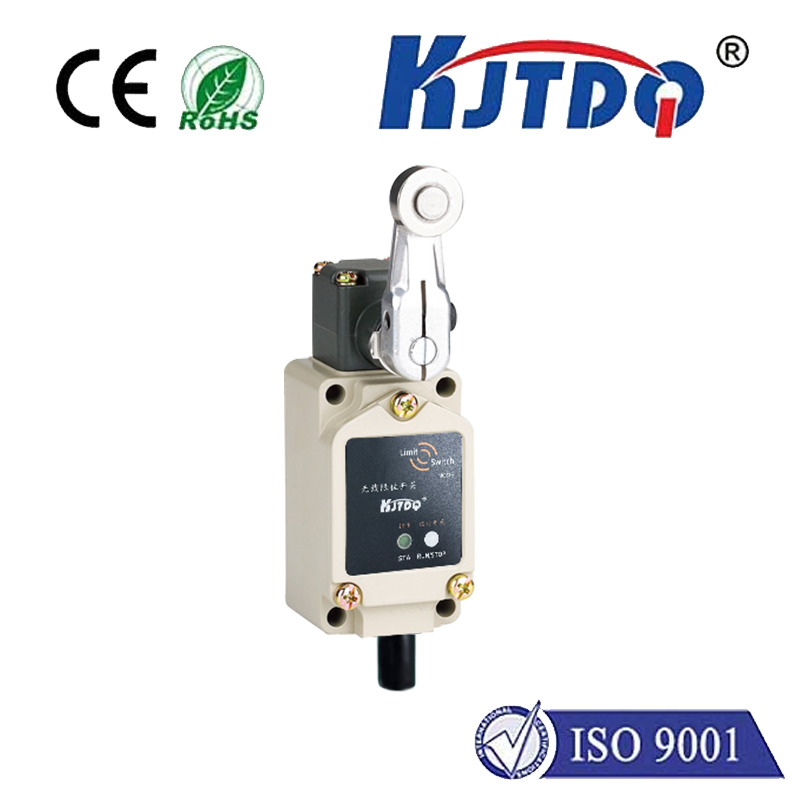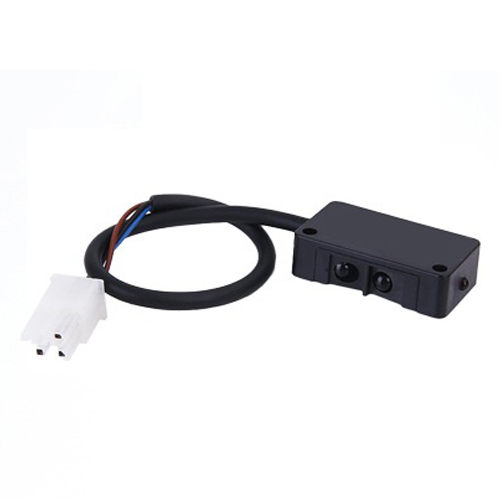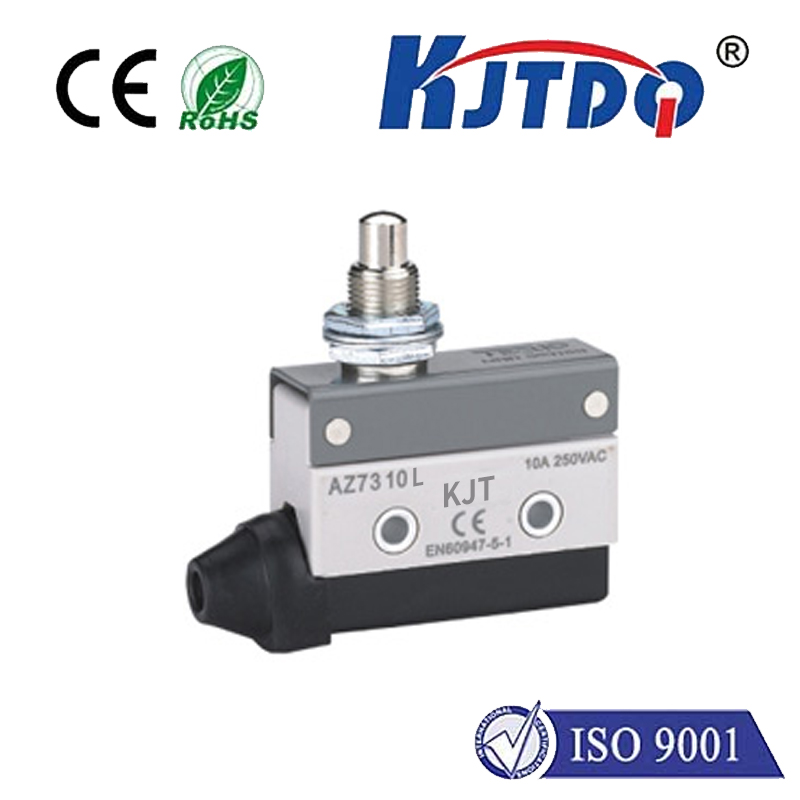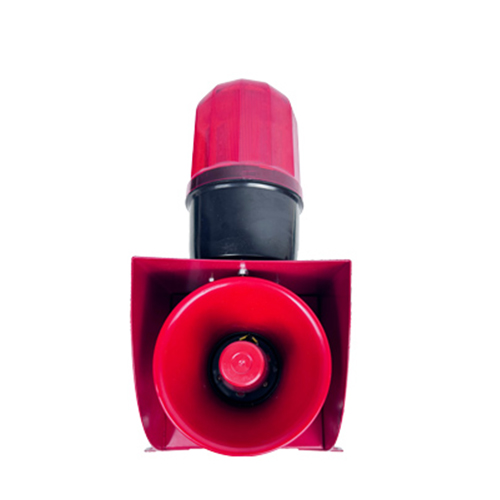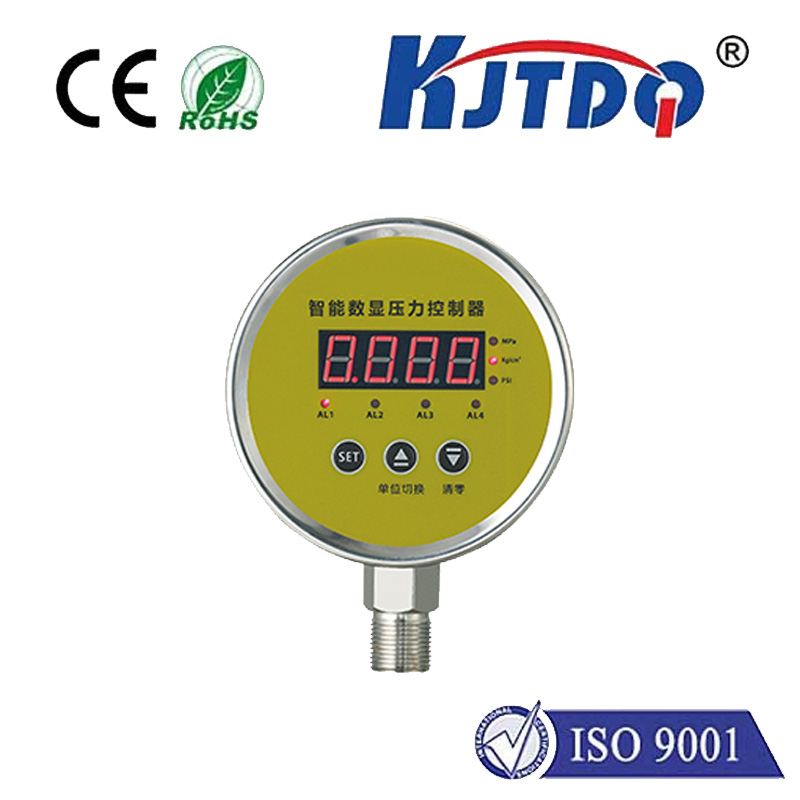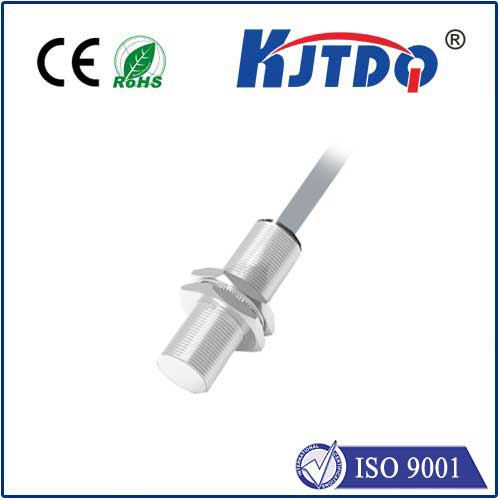linear laser sensor
- time:2025-08-28 02:01:52
- Click:0
Linear Laser Sensors: The Power of Precision Line Profiling for Industrial Innovation
Imagine needing to inspect the exact contour of a complex automotive part at high speed on a moving production line. Or verifying the perfect seam weld on critical aerospace components. Or ensuring the precise thickness of battery electrodes. These aren’t tasks for point-and-shoot methods; they demand capturing an entire cross-section, instantly. This is where the linear laser sensor excels, revolutionizing non-contact measurement with its unique capability to project a laser line instead of a single point.
Beyond the Dot: Understanding the Linear Laser Sensor
Unlike its point laser counterpart that measures a single spot, a linear laser sensor projects a thin, focused line of laser light onto the target surface. This linear projection is the defining characteristic. A specialized camera, positioned at a known angle relative to the laser projector (a setup called triangulation), captures the image of this laser line. The core magic happens when the target surface isn’t perfectly flat. Any height variation, contour, or edge causes distortion of the straight laser line in the camera’s view.
Sophisticated integrated processing analyzes this distortion pixel-by-pixel. By calculating the precise displacement of each point along the line from its expected “flat surface” position, the sensor generates a dense array of high-resolution height (Z-axis) data corresponding to each point across the projected line’s length (X-axis). The result? A highly detailed 2D cross-sectional profile of the target surface – captured in a single snapshot. This ability to grab an entire profile at once, rather than scanning point-by-point, is the game-changer.

Unlocking Key Advantages: Why Line is Mightier Than Point
The unique design of a linear laser sensor translates into compelling benefits across demanding industrial environments:
- Blazing Fast Measurement: Capturing an entire profile in microseconds makes linear laser sensors ideally suited for high-speed production lines. They can profile objects moving at significant speeds without motion blur, far outpacing single-point scanners needing mechanical traversal. Throughput is dramatically increased.
- High-Resolution Profiling: By distributing thousands of measurement points across the laser line simultaneously, these sensors deliver exceptional point density for detailed surface contour mapping. This reveals minute surface features and defects other methods might miss.
- True Non-Contact: Critical for delicate, soft, hot, or easily damaged surfaces (like food products, coated materials, or precision optics), the linear laser sensor provides absolute non-contact measurement, eliminating the risk of surface deformation or contamination.
- Robust Performance: Designed for the factory floor, they typically feature rugged housings, resistance to ambient light interference (using specialized filters), and stability against vibration, making them ready for harsh industrial environments.
- Versatility in Application: The principles of line projection and triangulation work effectively on a vast range of materials – metals, plastics, rubber, composites, wood, ceramics, and even liquids (for level or meniscus measurement).
Where Linear Laser Sensors Make a Tangible Impact
The applications for linear laser sensors span virtually every manufacturing and quality control sector:
- Automotive & Aerospace: Precise inspection of body panels, gap & flush measurement, weld seam profiling (height, width, volume), brake disc thickness and runout, turbine blade geometry, composite layup integrity.
- Electronics: Measuring solder paste volume and shape on PCBs, component coplanarity (flatness), connector pin height, display panel thickness and warpage.
- Metal Processing & Fabrication: Online thickness gauging of plates, sheets, and extruded profiles, tube and pipe ovality and diameter measurement, saw blade deflection monitoring.
- Packaging: Checking fill levels in bottles and containers, verifying seal integrity, measuring package dimensions (length, width, height, volume), inspecting cap placement.
- Tire Manufacturing: Precise tread depth and profile measurement, sidewall bulge and runout inspection.
- Wood & Plastics: Profiling for precise machining, verifying board thickness and flatness, inspecting extruded profiles.
- Robotics & Automation: Providing real-time profile data for robot guidance, bin picking (identifying object height/orientation), and automated assembly verification.
Choosing the Right Linear Laser Sensor: Key Considerations
Selecting the optimal linear laser sensor requires careful analysis of your specific needs:
- Measurement Range (Z-axis): The maximum height variation the sensor can accurately measure. Crucial for deep profiles or large steps.
- Profile Length (X-axis): The length of the laser line projected onto the target, determining the width of the area profiled per scan.
- Resolution & Accuracy: Defining the smallest detectable change and the closeness to the true value. Higher precision demands higher specification sensors.
- Measurement Rate (Frequency): Expressed in profiles per second (Hz). Must align with object speed for reliable in-motion scanning.
- Laser Wavelength & Power: Affects visibility on different materials and surface colors (common wavelengths: 405nm blue, 635nm red, 785nm near-infrared). Power level impacts signal strength but must comply with safety standards (Laser Class).
- Environmental Conditions: Assess temperature range, potential exposure to dust, moisture, or chemicals, and ambient light levels to choose appropriate housing and optics.
- Interface & Integration: Compatibility requirements (Ethernet, RS232, EtherCAT, etc.) and ease of integration into existing PLCs or control systems.
- Software Capabilities: Robust analysis software is essential for interpreting profile data, setting tolerances, triggering alarms, and generating reports. Look for intuitive interfaces and powerful analysis tools.
Embracing Precision and Speed
The linear laser sensor is far more than just a different shape of light; it’s an enabling technology for modern precision manufacturing and automated quality control. By delivering high-density, high-speed profile data non-invasively, it solves complex measurement challenges that impede efficiency and quality. From ensuring the safety-critical dimensions of an aircraft component to guaranteeing the perfect fill level in a consumer product, the power of the laser line is driving innovation and reliability across the industrial landscape. Investing in understanding and implementing this technology unlocks significant potential for enhanced productivity, reduced waste, and superior product quality.







